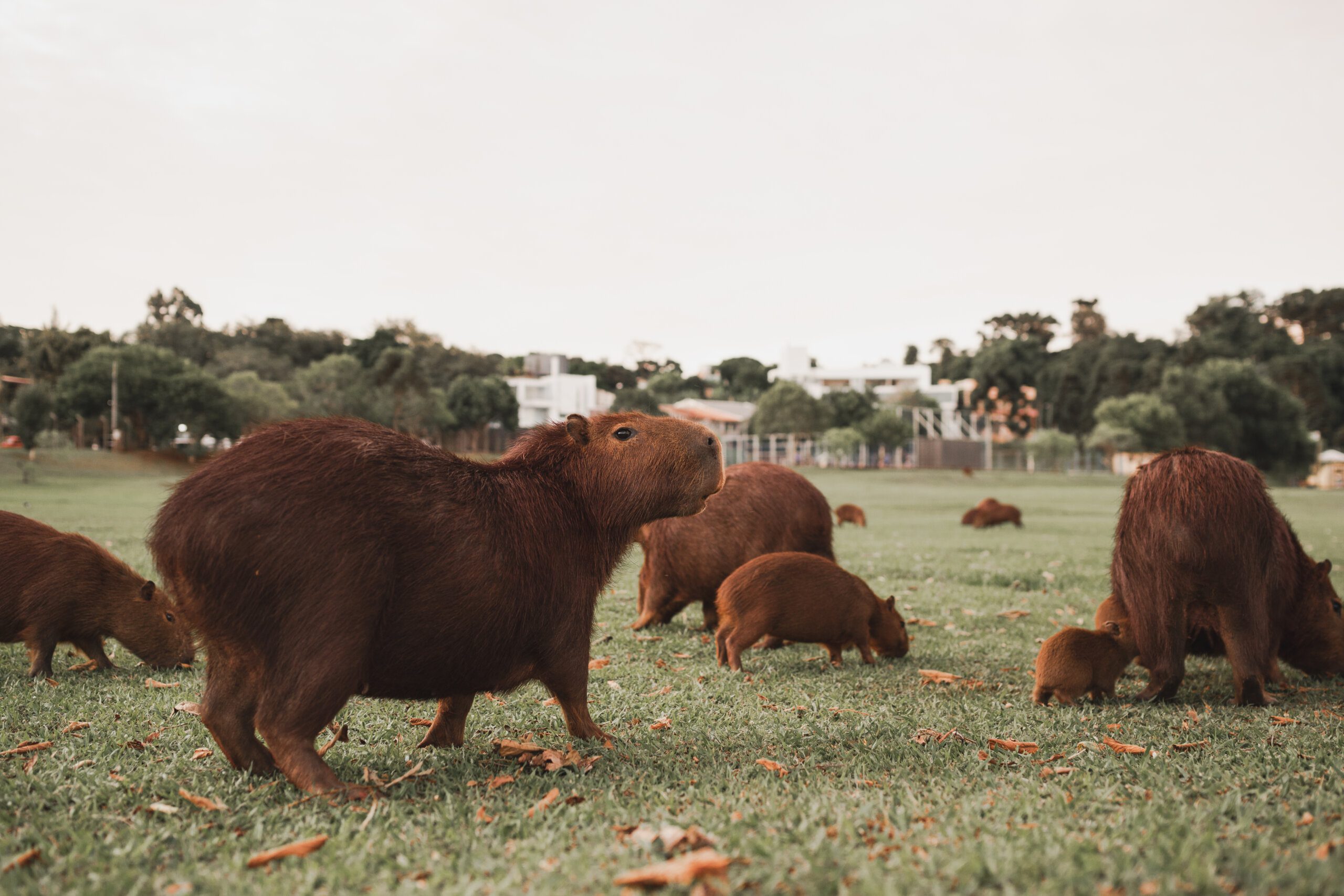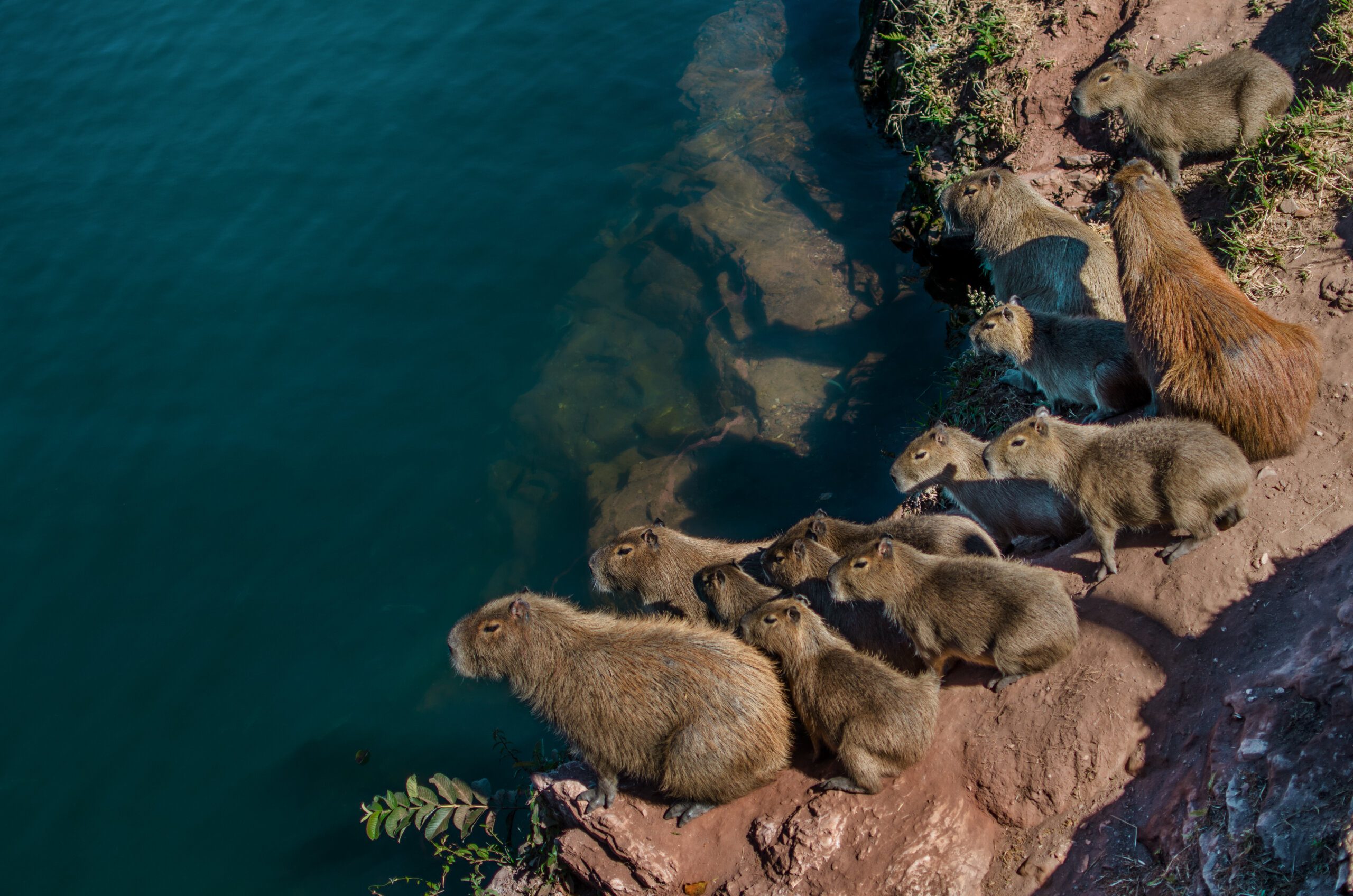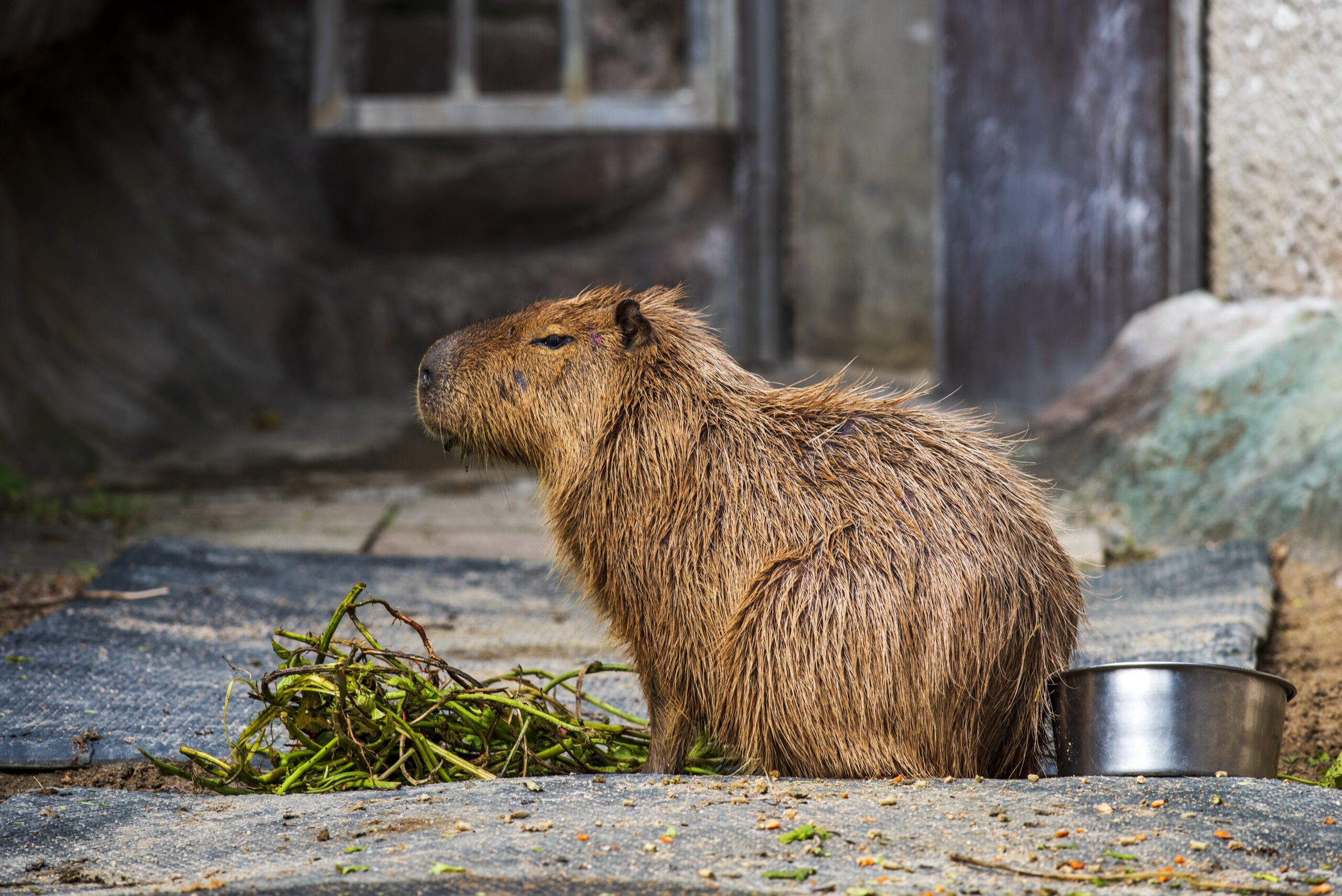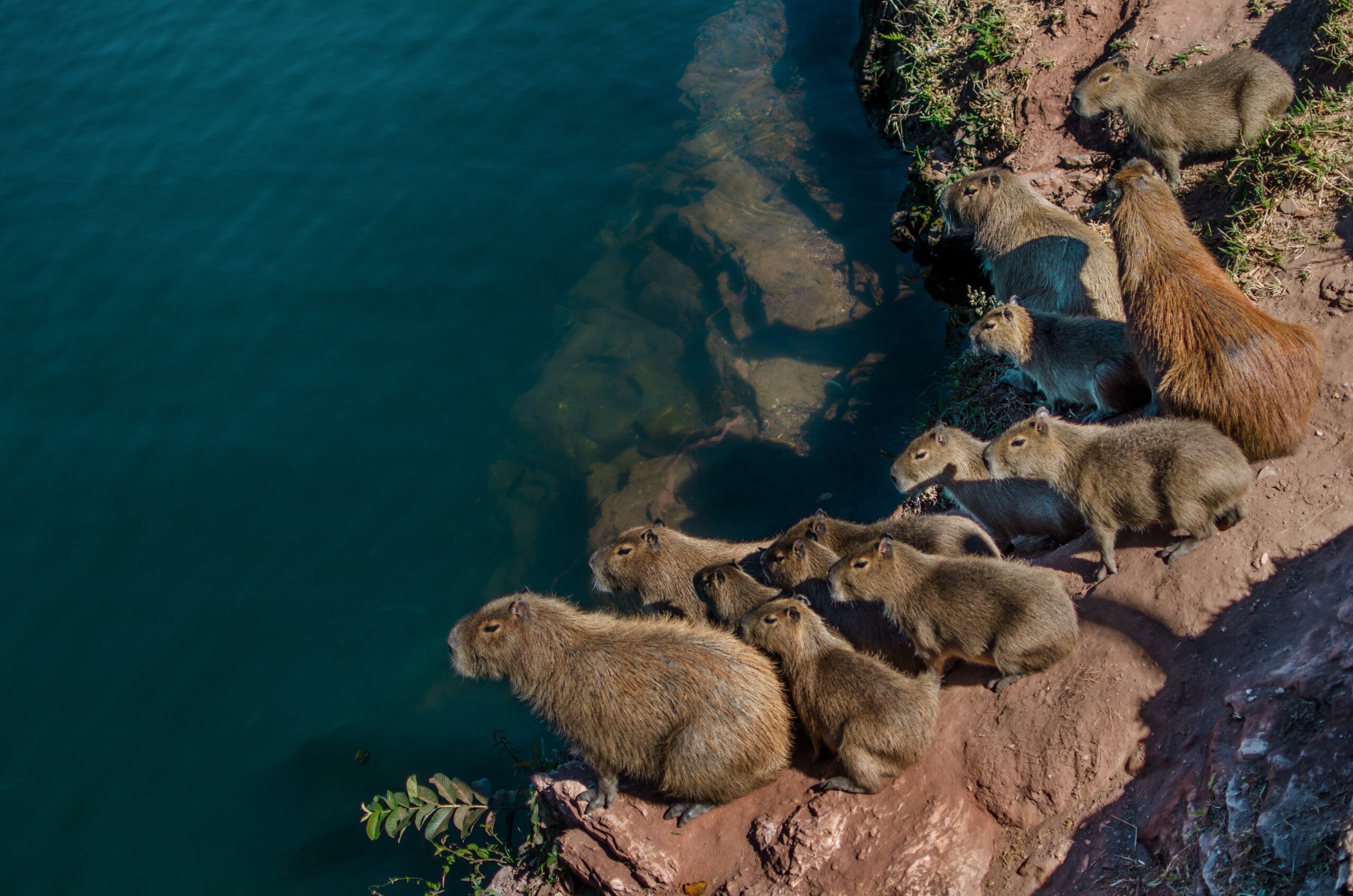Did you know that capybaras are the largest rodents in the world? These fascinating creatures have captivated the hearts of animal lovers around the world. From their adorable appearance to their social nature, capybaras have become a topic of curiosity for many. In this article, we will explore the population of capybaras worldwide and gain insight into their numbers and conservation efforts. So, join us as we take a closer look at the marvelous world of capybaras and uncover the secrets of their population.

Capybaras: A Brief Introduction
Welcome to the fascinating world of capybaras! These adorable creatures are the largest rodents in the world and are found in various parts of South America. In this article, we will delve into their physical characteristics, distribution, population estimates, factors influencing their population, conservation status, economic impact, domestication, benefits and challenges of their population, as well as research and monitoring initiatives. So, let’s dive in and learn more about these fascinating creatures!
Capybaras: Physical Characteristics
Size
Capybaras are known for their impressive size. On average, an adult capybara can measure around 1.2 meters (4 feet) in length and stand about 0.6 meters (2 feet) tall at the shoulder. They are remarkably robust animals, with some individuals weighing up to 68 kilograms (150 pounds). Despite their substantial size, capybaras possess a remarkable agility both on land and in the water.
Appearance
One of the most distinctive features of capybaras is their semi-aquatic nature. Their bodies are specially adapted for a life both on land and in water. They have webbed feet, which allow them to swim effortlessly and navigate through marshy areas. Additionally, their eyes, ears, and nostrils are strategically positioned on the upper part of their head, enabling them to stay partially submerged while keeping a keen eye out for predators.

Capybara Distribution
Native Habitat
Capybaras are native to the tropical regions of South America, where they can be found in a variety of habitats such as marshes, swamps, and densely vegetated areas near water bodies. They thrive in regions with abundant water sources, as they require regular access to fresh water for drinking and cooling themselves. Some countries where capybaras are found include Brazil, Colombia, Venezuela, and Paraguay.
Introduced Populations
In addition to their native habitats, capybaras have been introduced to various other regions around the world due to their popularity as domestic pets or for recreational purposes. For example, there are now introduced populations of capybaras in parts of North America, including Florida and Texas. These introductions are typically closely monitored to ensure they do not negatively impact local ecosystems.
Population Estimates
Estimating the precise number of capybaras in the world can be a challenging task. However, according to various studies and field observations, it is believed that the global population of capybaras is relatively stable. While exact figures may vary, it is estimated that there are several hundred thousand capybaras spread across their natural habitats and introduced populations.

Factors Influencing Population
Habitat Loss
One of the major threats to capybara populations is habitat loss due to human activities. As human populations expand and encroach upon natural habitats, capybaras often lose their native environments, leading to a reduction in their overall population size. Deforestation, urbanization, and agricultural practices are some of the main drivers of habitat loss for these animals.
Hunting
Capybaras have also been hunted for their meat, fur, and hides. This hunting pressure, particularly in areas where capybaras are valued as a source of food or materials, can significantly impact their populations. Conservation efforts and regulations have been put in place to manage hunting activities and ensure sustainable practices to protect the capybara population.
Climate Change
The effects of climate change can have a direct impact on capybaras and their habitats. Rising temperatures, changes in rainfall patterns, and extreme weather events can disrupt their natural habitats, affecting their food sources and overall reproductive success. Adaptation strategies and conservation measures need to be in place to mitigate the impacts of climate change on capybara populations.
Breeding Patterns
Capybaras have unique breeding behaviors that can influence their population dynamics. They are known for their high reproductive rates, with females giving birth to multiple offspring in a single litter. However, predation and other factors can limit the survival rate of these young capybaras. Understanding and monitoring their breeding patterns is crucial for the long-term conservation of the species.
Conservation Status
IUCN Red List
The capybara is currently classified as a species of “Least Concern” by the International Union for Conservation of Nature (IUCN). This categorization indicates that the capybara population is relatively stable and not currently facing significant threats of extinction. However, continued monitoring and conservation efforts are necessary to ensure their long-term survival.
Threats and Conservation Efforts
Despite their “Least Concern” status, capybaras still face various threats that require attention. Conservation organizations and local authorities are working together to protect capybara habitats, regulate hunting practices, and raise awareness about the importance of these unique creatures in their ecosystems. Efforts are also underway to minimize habitat loss and promote sustainable land-use practices in areas where capybaras are found.
Tourism and Economic Impact
Capybaras have a significant impact on tourism in regions where they can be observed in the wild. People from around the world visit these areas to catch a glimpse of these charming animals, contributing to local economies through nature-based tourism. Capybara-themed merchandise, such as books, toys, and souvenirs, also generate economic opportunities for local communities.
Capybara Farms and Domestication
Capybaras have become increasingly popular as domestic pets due to their friendly and sociable nature. In some regions, capybara farms have been established to meet the demand for these unique pets. Proper care, husbandry, and regulations are necessary to ensure the welfare of captive capybaras and prevent negative impacts on wild populations.
Benefits and Challenges of Capybara Population
Ecological Role
Capybaras play a crucial role in their ecosystems. As herbivores, they feed on various types of aquatic plants, grasses, and even agricultural crops. By grazing, they help shape the vegetation structure and contribute to the nutrient cycling of their habitats. Additionally, their presence can support the overall biodiversity of the areas they inhabit.
Conflicts with Humans
While capybaras generally coexist peacefully with humans, there can be occasional conflicts, particularly in areas where agriculture and human settlements intersect with their natural habitats. Capybaras can cause damage to crops and may compete for resources, leading to concerns among some landowners. Balancing the needs of capybaras and humans requires careful management and mitigation strategies.
Research and Monitoring Initiatives
Ongoing research and monitoring initiatives are essential for better understanding capybara populations and implementing effective conservation measures. Scientists and conservationists are studying the behavior, ecology, and habitat requirements of capybaras to inform decision-making, improve conservation strategies, and ensure the long-term preservation of these remarkable creatures.
In conclusion, capybaras are captivating and fascinating creatures that hold both ecological and economic significance. Understanding their physical characteristics, distribution, population estimates, factors influencing their population, conservation status, and economic impact allows us to appreciate their importance and work towards their long-term conservation. Through sustainable practices, responsible tourism, and scientific research, we can ensure a harmonious coexistence with these unique animals and protect their habitats for generations to come.



